Find Any Kiosk Machine You Need And Contact Lean Kiosk Now
All Products
Select Any Product
- Request A Quote Now

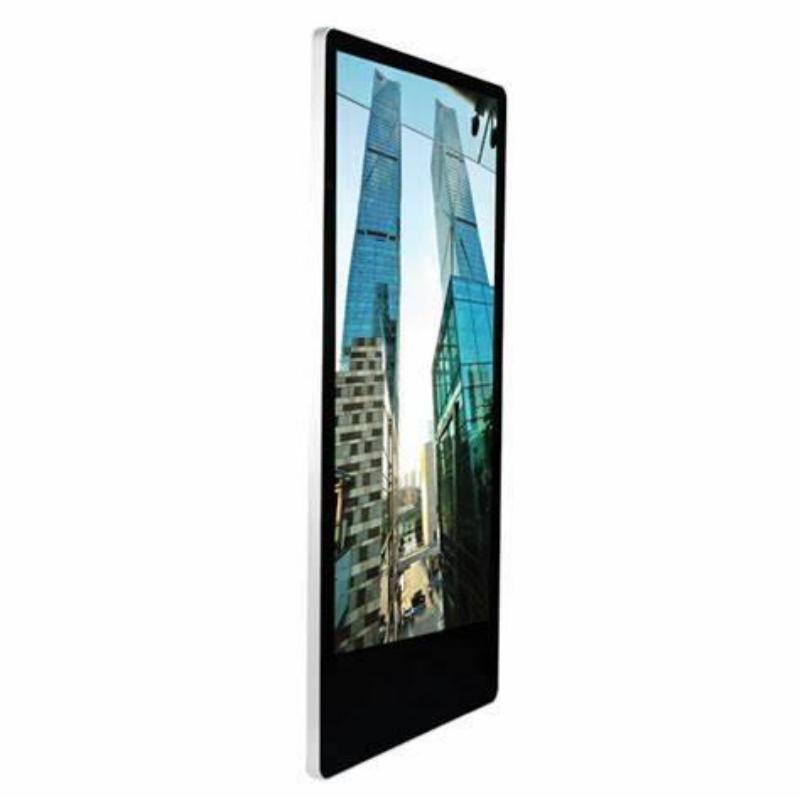
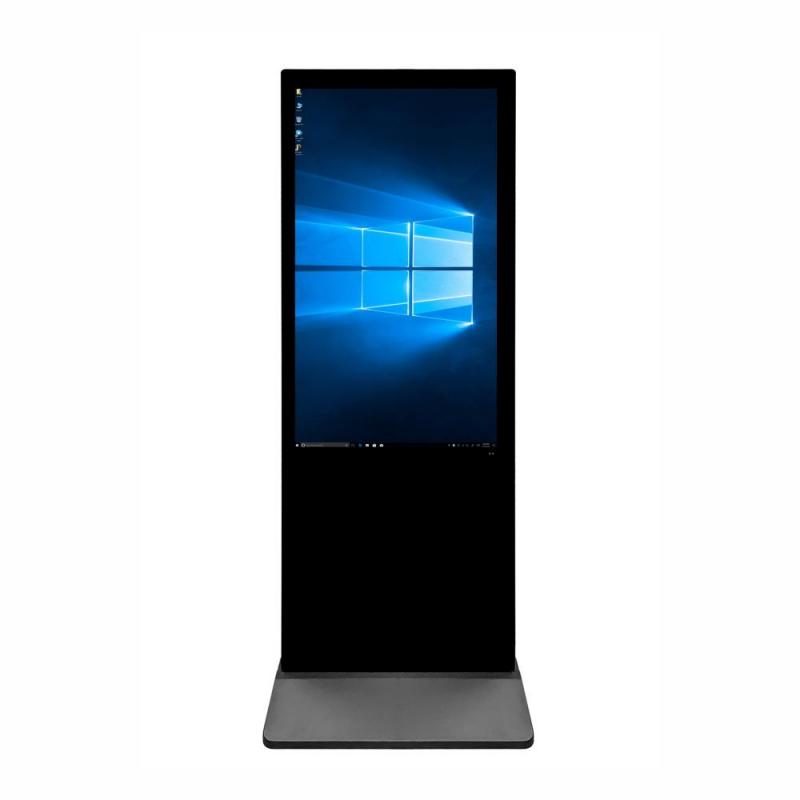
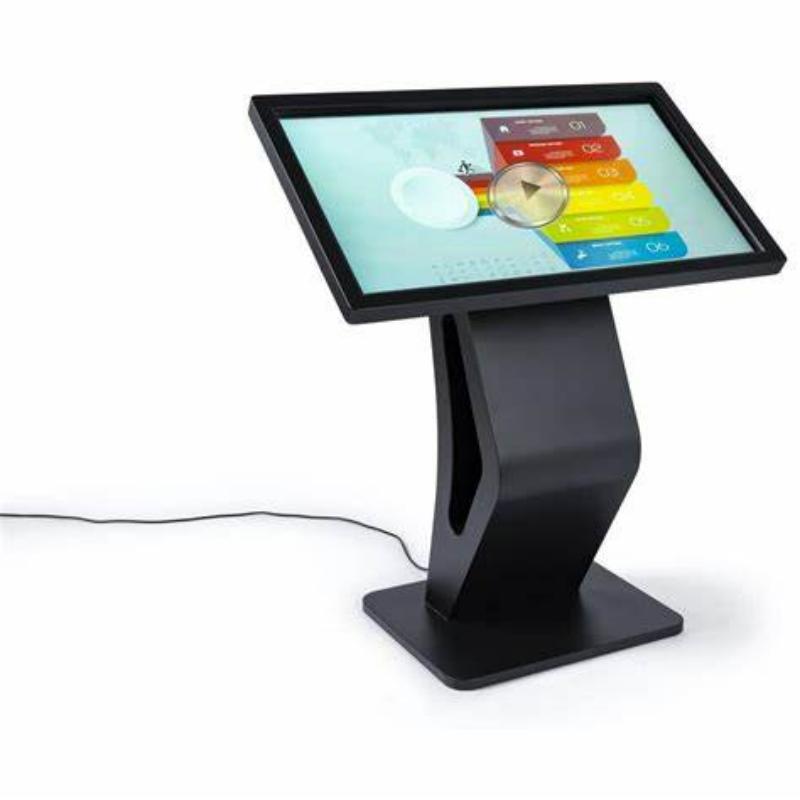


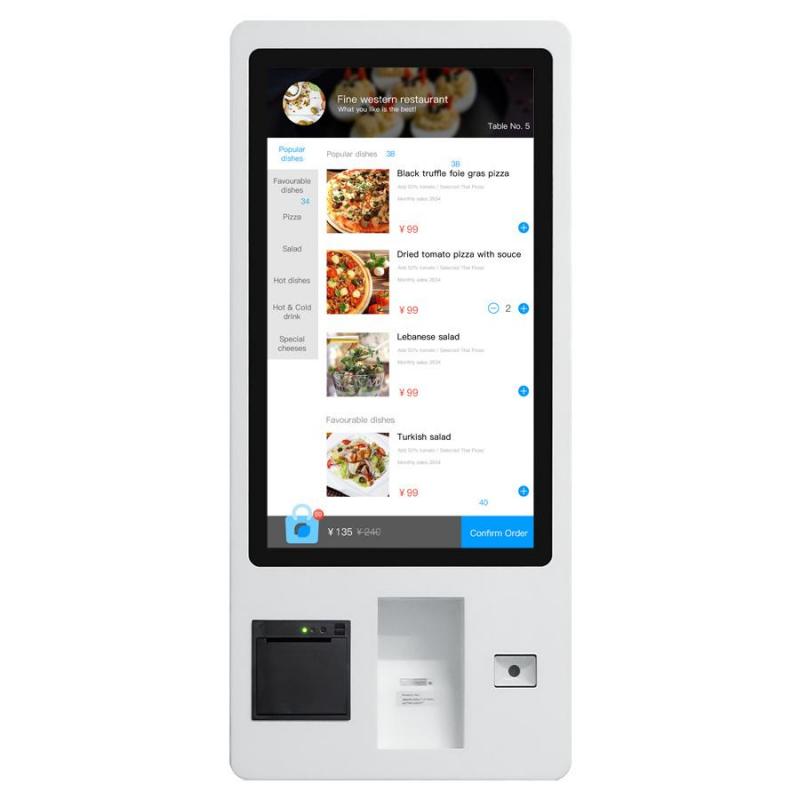
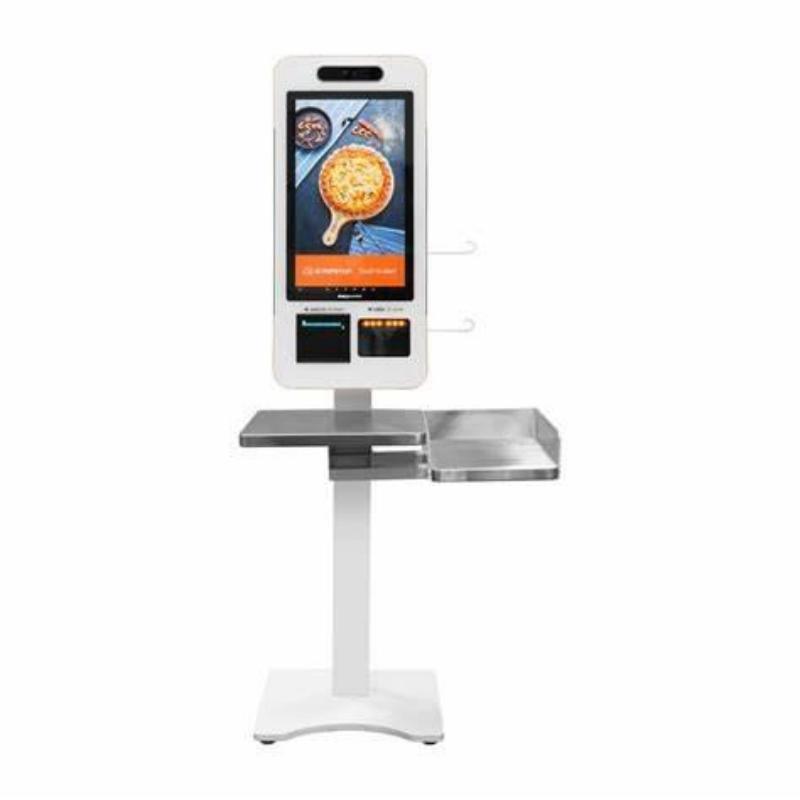

What did our happy clients say?
We’re thrilled with our new self checkout kiosk! They’ve streamlined our checkout process and improved customer satisfaction. Highly recommend this manufacturer for their top-notch service and quality.
The self checkout kiosk we purchased exceeded our expectations. They’re user-friendly and efficient, saving us time and reducing labor costs. Excellent product from a reliable manufacturer!
Fantastic addition to our store! The self checkout kiosks are easy to use and integrate seamlessly with our system. Impressed with the manufacturer’s support and attention to detail.
Our new self checkout kiosks have greatly enhanced our customer experience. They’re well-designed and reliable. We’re very satisfied and recommend this manufacturer for their outstanding product and service.